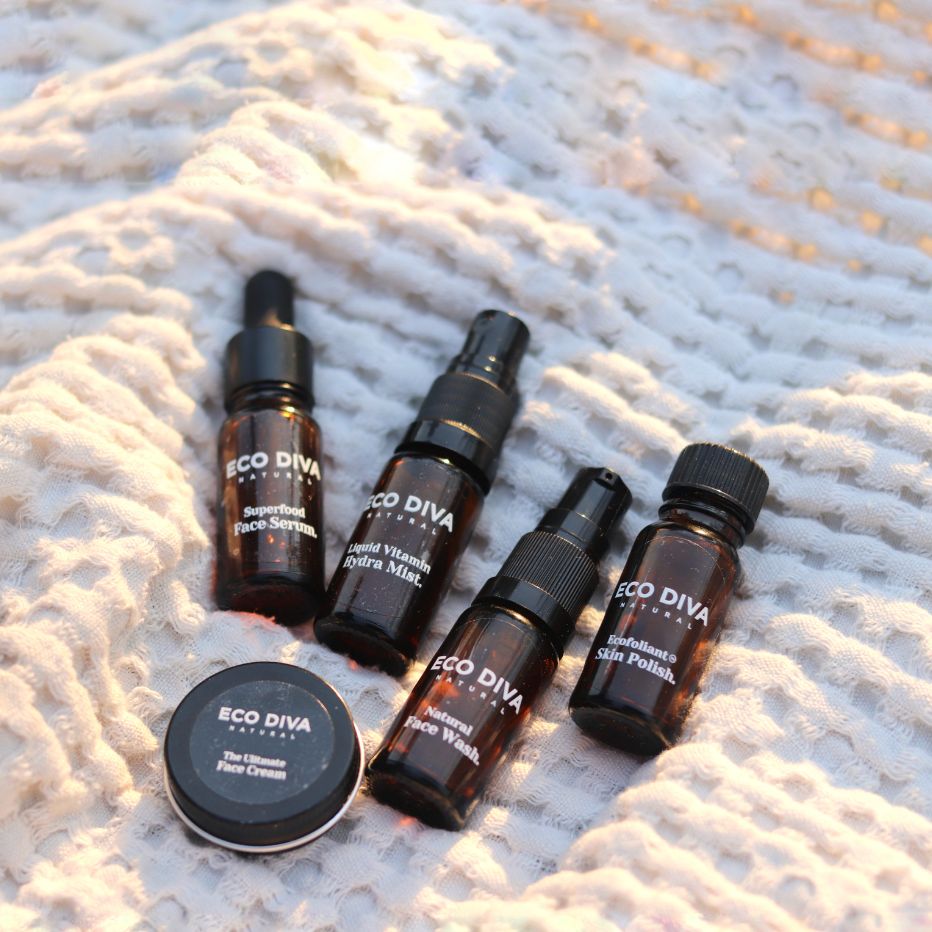
NS:What would you recommend to combat tension headaches or migraines?
–
AN: As part of a thorough and regular Reflexology treatment, I would include focused treatment of the detoxification systems and also the areas where tension settles in the body, namely the gut, neck, shoulders, and our breathing mechanisms. Headaches can be relieved through addressing various dietary habits, and although they may be brought on my tension as an example, they could be exacerbated by diet. So this as well as lifestyle issues including posture would be addressed alongside Reflexology treatment.
–
NS: How can reflexology assist with balancing skin irritations?
–
AN: There is an interesting connection between our gut, lungs, and our skin. If one reads up on Traditional Chinese Medicine, specifically the Five Element Theory we see that through treating the gut and lungs (organs that transform food and air in the body) we can have a positive effect on the health and appearance of the skin.
–
NS: Can reflexology help thyroid and other autoimmune issues?
–
AN: The simple answer is yes, as regular treatment will bring balance and health to all the systems of the body. As treatment progresses each system and its’s organs undergo a “clean-up and tune-up”, and as one system heals its health will have a healing effect on the whole body. We are a sum of our parts, everything is connected, all systems depend on each other to function well. This is the strength of Reflexology treatment, the correct application of the treatment will help the body to heal itself.
–
NS: What are your thoughts on gut health & reflexology?
–
AN: Reflexology works well in treating many chronic issues, and chief among these is probably gut health. Many clients struggle with weakened gut health which will have a negative effect on their health in general. Regular Reflexology treatment will help restore gut function and through the consultative process diet and possible emotional causes can be addressed as well.
–
NS: Are there reflexology points to stimulate the immune system?
–
AN: This is a tricky question as it is difficult to define the immune system in terms of treatment. Again, the complete healing approach would bring about the balance that is required for the body’s immune system to function as it should. A major part of initial treatment centers on what we call the “healing crises”. This would be experienced by the client as a type of detox, a worsening of symptoms, and then a return to health. This “clearing out” helps the immune system to work optimally as it no longer “bogged down” with day-to-day cleaning up.
NS: What are your recommendations for self reflexology at home?
AN: During the initial lockdown, I put together a self-treatment protocol for home use. The most important aspect is that Reflexology is not massage, so the technique is different.
ED: Try and find a reflexology chart online so you can understand the reflexology points that relate to various organs in the body and then gently put pressure on those points with your own fingers or knuckles. If it feels painful or uncomfortable that usually means it needs your attention and a bit of work. You could also find Youtube tutorials for self reflexology. But it’s definitely best to have a qualified reflexologist work on you for maximum benefit and results.

NS: What is the most profound & life-changing case history you’ve experienced through reflexology?
AN: Oh gosh, there are many but perhaps I can mention two. I treated a 9-year-old boy diagnosed with ADHD, he was in a special needs class at school and was a real challenge to his teachers and his family. I had been treating his mom and she asked if I could help her boy. We started treatment and as expected the first few treatments resulted in a mild intensification of his symptoms, but after the fourth treatment his father told me how much he had settled down, in fact, the treatment left him “calmer for the entire weekend”. He started having guitar lessons and was able to sit through the hour-long lesson. The treatment changed his family life and gave him confidence, his demeanor changed, he visibly brightened. We were able to increase the treatment time which in turn had a deepening effect for him.
The second instance was a female client, a medical doctor, who had had disabling neural/tingling under her foot for months. She had sought treatment with various practitioners but no treatment had been successful. After a single Reflexology treatment, the tingling was gone. As a therapist treating a medical person, it was quite profound, as her experience was uniquely medical, her response utterly truthful and her confidence in Reflexology as a treatment modality an absolute.
(NS)What’s next for you post Covid-19?

(AN) I’m hoping with all my heart there will be a “post-COVID”, At the moment and for a long while to come I think we’ll have to live with the new norms. I have learned that what I do, the treatment, cannot be replaced, it requires a pair of hands and a willing heart in the therapist. Reflexology is a healing practice based in science but is also an art in its application. I have learned that we can support our clients through Newsletters and calls, but fundamentally there isn’t a replacement for the hands-on treatment. So perhaps finding a way to work “personally” without risk and adequate protection for both therapist and client is the way forward.























